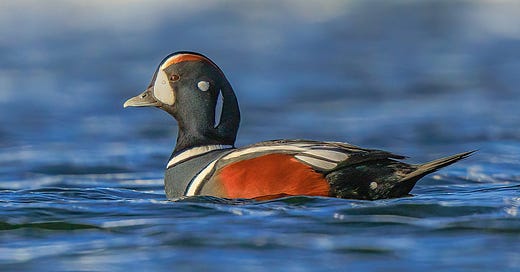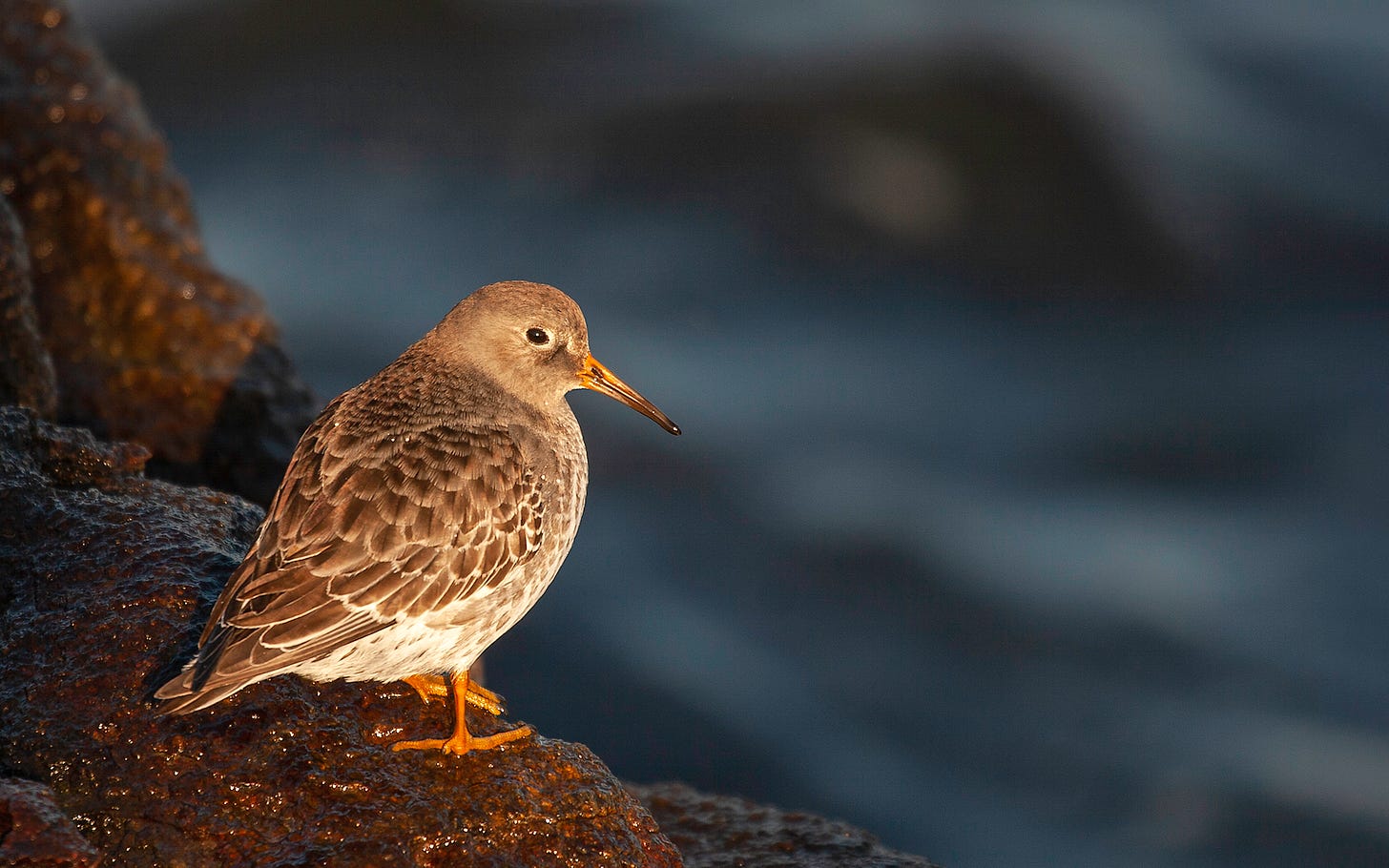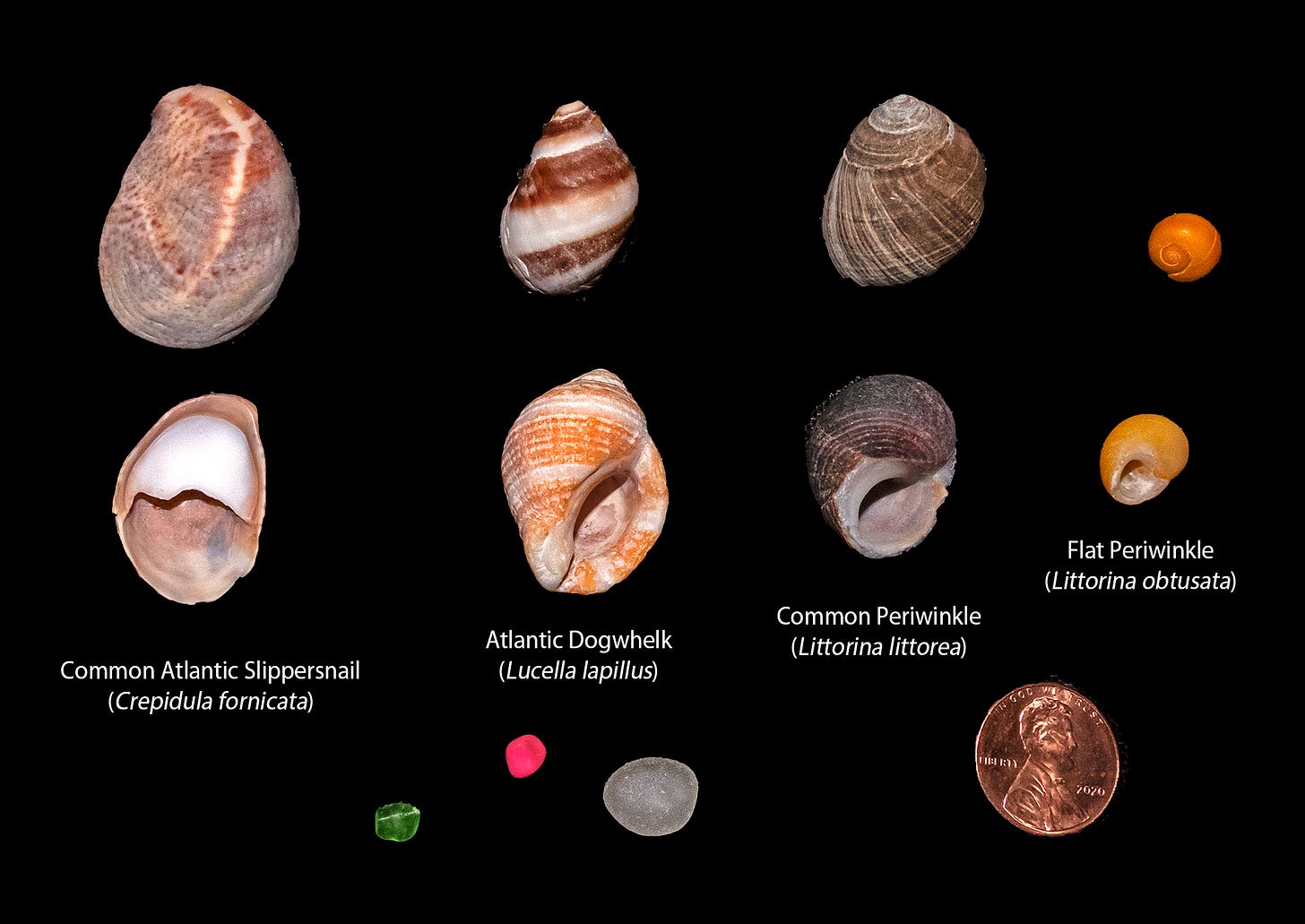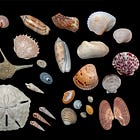ALONE AT DAWN on the coast of Maine on Sunday, the day many of us gained an extra hour on the clock, I might have easily spent every minute of my hour with Harlequin Ducks. More than merely “sea candy,” Harleys, as we affectionately call them, are nothing if not theatrical. They bob and dive and frolic like kids playing in the surf. No wonder this duck’s scientific name is Histrionicus histrionicus.
Granted, in the competition for our attention, even for that extra hour, Harlequin Ducks had an unfair advantage on many of the seabirds I encountered along the Atlantic shore: they are ducks. And in part because ducks court one another over the course of winter — yes, even in frigid waters — males now display their ornate breeding plumage (and soon randy behavior).
Not so among other seabirds flying offshore. They’ve molted (moulted in British English) into a kind of winter grayscale. Red-throated Loon has no red throat in winter. Same goes for Red-necked Grebe. Black Guillemot is not really black anymore. Nor for that matter is the belly on a Black-bellied Plover. Purple Sandpiper — well, sorry, it is a misnomer all year long.
Not that flashy plumage is all that matters. Birdwatching is of course more than the mere beauty of feathers and song. I might have devoted my extra hour entirely to an appreciation of the ways birds carried themselves in flight off the Maine coast — yet another graceful way of our being aware among birds. A few examples:
A Common Loon, with skinny wings, a big head, and big feet, is dorky in flight. It’s something you can notice (or feel) even when you spot naked eye a Common Loon flying in the distance. Red-throated Loon, a bit less dorky, seems more in tune with the world, even looking around at the seascape as it flies.
Among the three species of scoter — which are black sea ducks sporting bills of bright red, yellow or orange — I studied how Black Scoter is slightly more jaunty in flight compared to its burly cousins White-winged Scoter and Surf Scoter. Of course the scoters are nothing like Long-tailed Ducks, which careen around at sea like a bunch of college kids sprinting through an airport so as not to miss their flight to spring break.
And flying on some sort of higher plane of existence are Northern Gannets — white spears with black-tipped daggers for wings, their heads washed in gold. Perhaps a thousand or so gannets, all heading south, flew past me on Sunday morning. Whether they flew high or barely above the waves, in groups or alone, flapping or gliding, each gannet moved with the grace and dignity and contemplativeness of no other birds out here. Certainly not the Black Guillemots flying with their whirligig wingbeats only to crash-land in the surf.
But what of that extra hour? If you recall from last week’s essay, rather than dialing my clock back before bedtime on Saturday night, or having my gadgets do it for me, every year I save my hour for use later in the day on Sunday. It is a kind of symbolic, 60-minute devotional to the sacred — the natural world.
Although I did indeed enjoy Harlequin Ducks and other birds throughout the day Sunday, when my hour came I turned to a more honest and earthy timekeeper: the tides. Twice a day the waters rise and then recede to leave on our shores bits of life from beneath the seas — gifts from places most of us will never visit.
So only when the tide was low did I claim my extra hour for a walking meditation at a tiny cove beside the point where I had watched birds at dawn. As the Harlequin Ducks frolicked somewhere out of sight and the Northern Gannets glided toward some distant shore, I walked in a kingdom of surfclams and slippersnails, of periwinkles and dogwhelks.
I had no lofty agenda for that hour in the cove. I sought no flashes of grace or wisdom from the seashells at my feet. Maybe all I sought was respite — an hour away from a culture too often careening toward injustice, warfare, and extinction.
For all that we humans have created and accomplished and destroyed in our short time here, and amid the vast uncertainties yet ahead, perhaps nothing else on earth is as reliable as the rhythm of the tides — a worthy destination for spending an extra hour on any precious day. May you as well find your hour of refuge.
Related
Postscript
I have no clue yet about that worn, hot-pink artifact gathered with the shells and seaglass from the cove. Perhaps it is fossilized Pepto Bismol (Bismuth subsalicylate). I’ll put it under my microscope back at the office and will keep you posted.











Thank you for gifting us that hour in the cove .
Bryan, you continually impress me with your soulful pragmatism, and this repurposing of that reclaimed hour feels like a shooting star level of insight. Bravo. And thanks for sharing it. Haven't seen any Harleys here yet, but that doesn't mean they're not here. They just tend to hang in more open water areas than my usual, back of the bay haunts. I'll keep my eyes out, now. A handful of the horned grebes that winter over here seem to have arrived overnight and the cormorants seem to be back, as well, so wintering water birds are moving in. Still no goldeneyes. We usually have a bunch of both Barrow's and Commons, but can they take their time getting here. Anyway... another gift, wrapped and signed by you. Count me grateful, friend. May the winds of November be sighs, and may they whisper your name whenever there's something magical to behold.